First things first.. taking photographs of Aircraft at Airshows is not easy, they are often fast moving, some distance away from where you may be watching from and it's easy to be intimidated by the enthusiasts with expensive camera equipment, but as is always the case in photography - there is a great photograph ready to be taken regardless of the camera you have... it you see it!
The best camera is the one you have with you..
You are doing to be disappointed taking a photograph of a fast moving jet with your mobile phone, even with modern "telephoto" options the reach (how much the lens magnifies the image) will not be enough to get anything much more that a dot in the sky...
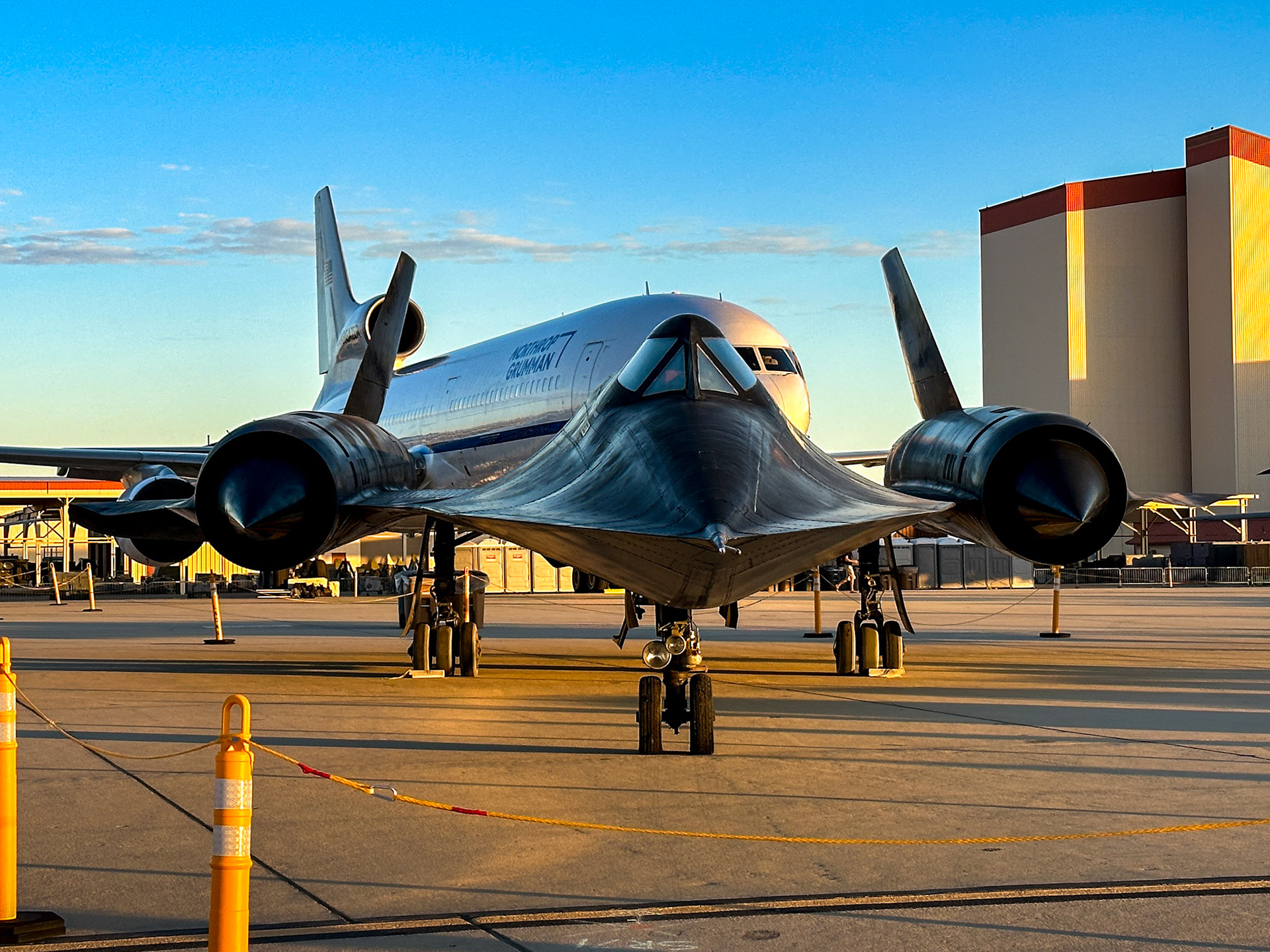
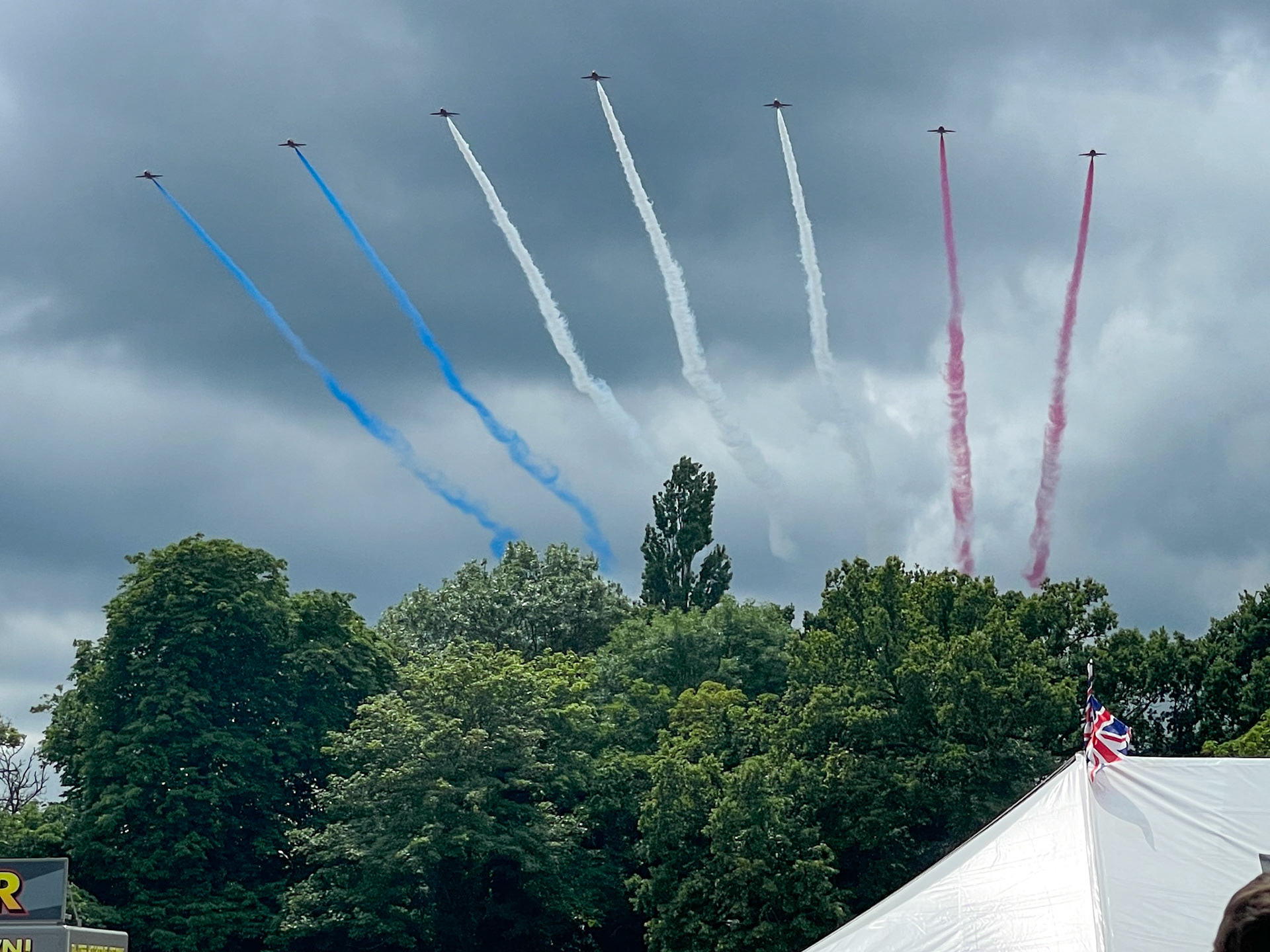
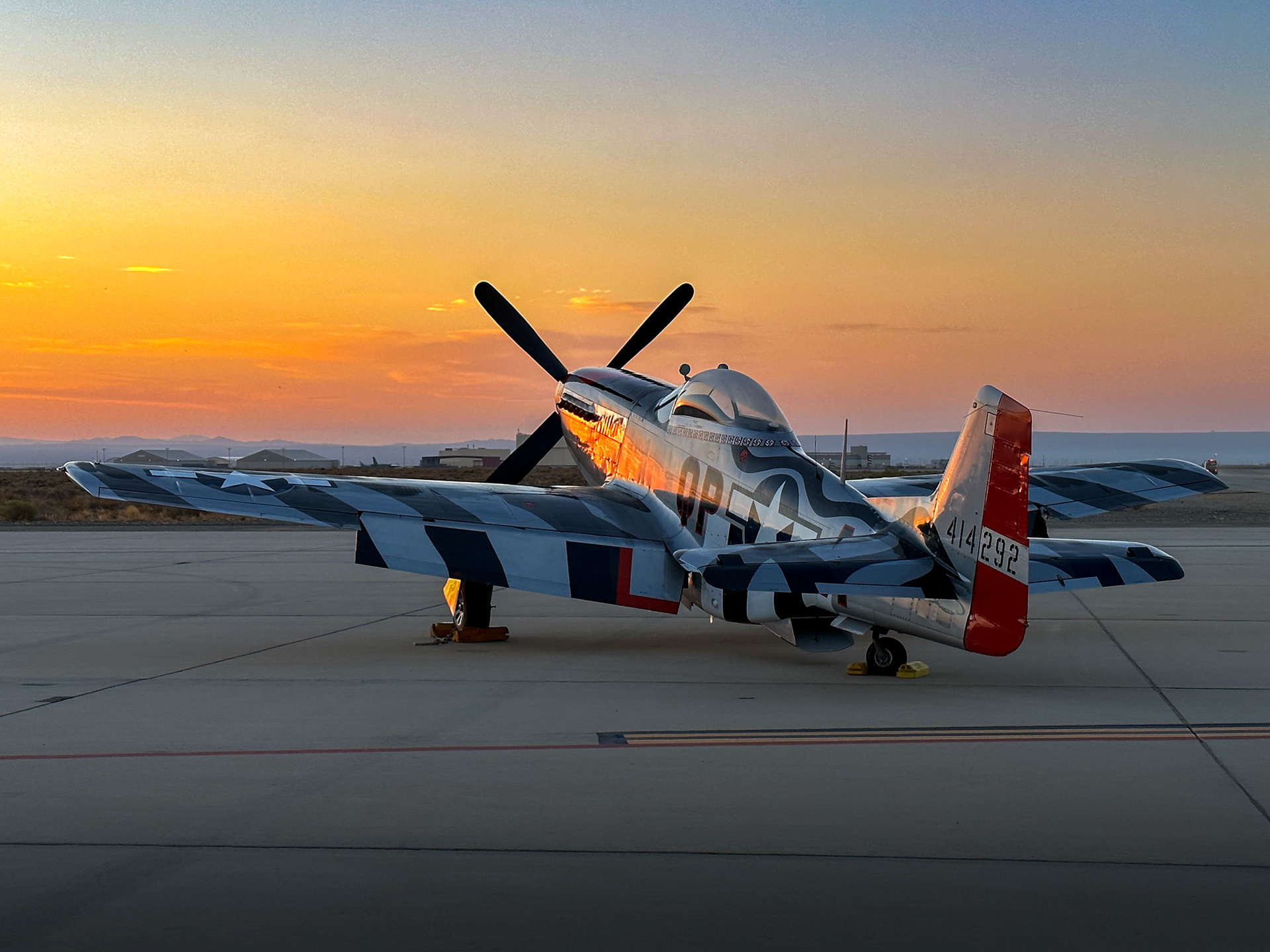
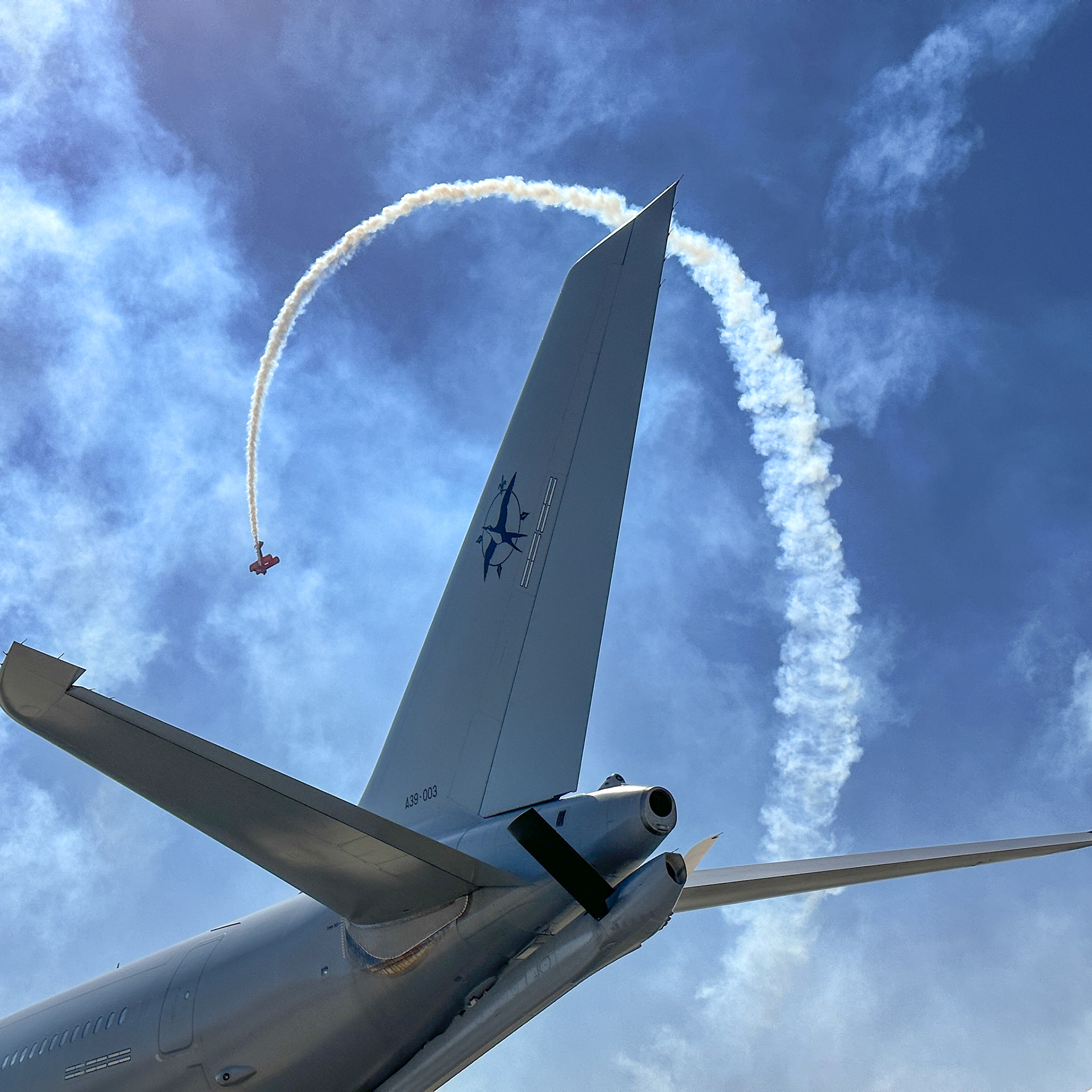
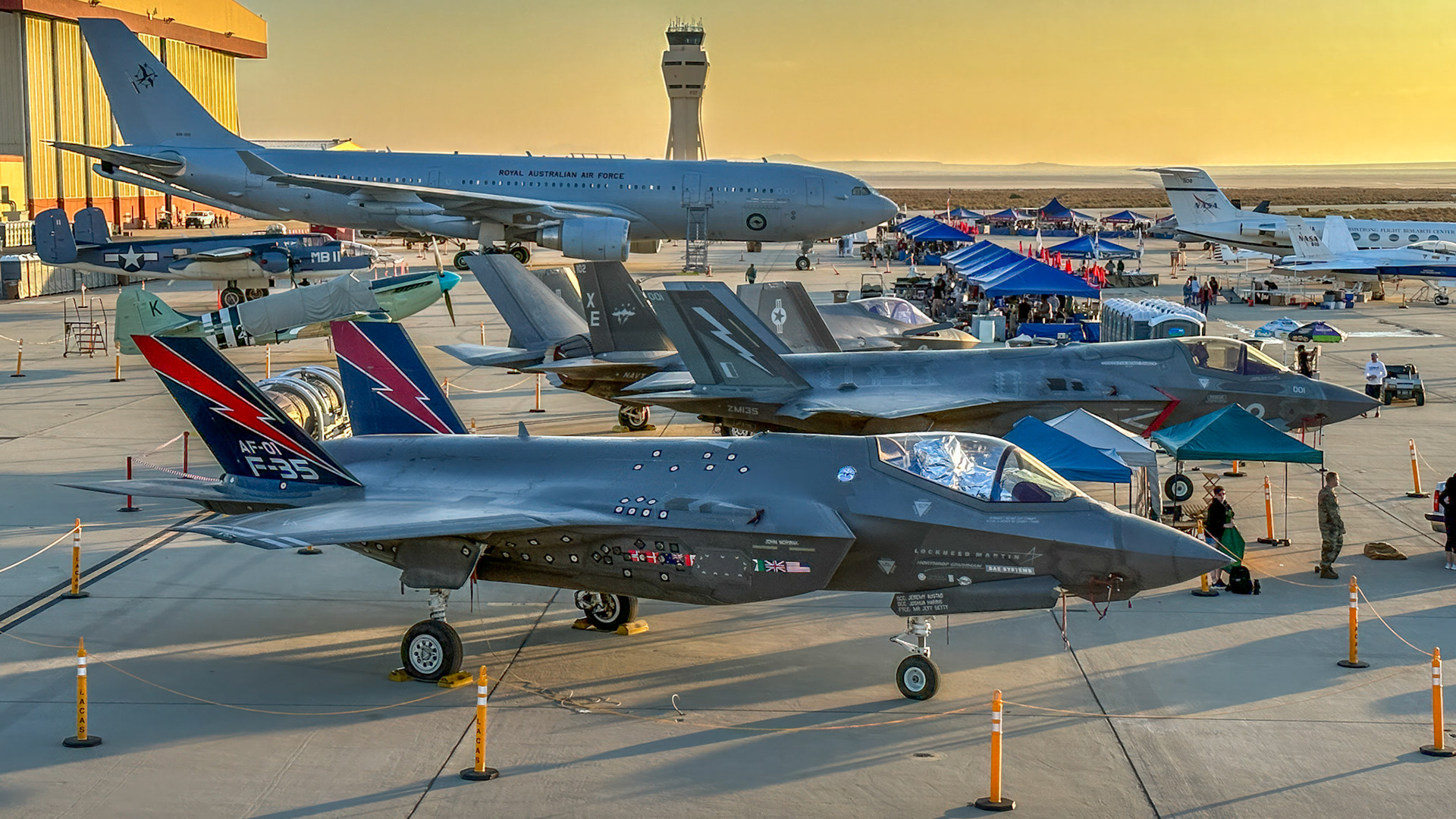
Smartphone Photos
But smartphones are great at capturing the atmosphere of an airshow with people looking up at display teams, or wondering around the static aircraft parked with their crews in happy conversation
Here is where a smartphone is perfect..
As an example all this images are from an Apple iPhone.
Think Lens
But you want to get closer to the action, then is time to go for a more specialised camera with a lens that is more suitable for capturing things in the distance, a long or telephoto lens.
Photography has always been about capturing as much light as possible with as little loss of that light on its way to the inside of your camera. This is the job of the lens and there can be a big difference in how well a lens does this justify a range in cost from a few hundred to tens of thousands !!
In general terms you need your lens to make the image of the aircraft as large as possible relative to the overall size of your image, there are two variables at play here then - how close you are to the aircraft and the focal length of the lens.
Unfortunately for safety reasons you are likely to be some distance from the aircraft at an organised Air Show, and all such shows the display will take place along an imaginary line know as the "Display Line" in front of the crowd. Depending upon the type of aircraft this display line may be between 150-450 metres from the edge of the spectators area, with fast manoeuvring jets the furthest away.
So as you can't get any closer the the aircraft your camera Len will need to do the work for you..
UK Airshow Display Lines
A telephoto lens works life a telescope using a number of individual elements to magnify the image, the more elements a lens contains and the greater the distance between them the greater the magnification. To accommodate all of this the length to the lens, its focal length will be longer.
The "standard' lens many camera may come with may have 50mm focal length, which pretty much has the same level of magnification as your eyes, so it will "see" what you can see unaided.
A small telephoto Len might have a focal length of 100mm so it would magnify what you can see by 2x, bringing you closer to the subject but importantly also decreasing what you can see your "field of view".
Focal Length
At a minimum for Airshow photography I would recommend a telephoto lens focal length of at least 200mm, better still 300mm or 400mm or ideally 600mm. These are increasingly long telephoto lens but still only represent magnification factors of 4x, 6x, 8x or 12x !
Because the field of view changes so much between different focal lengths a single telephoto lens may sometime provide too much or too little magnification for a particular shot, so a better solution might be to choose a telephoto zoom lens offering say 100-400mm or 200-600mm.
Aviation Photographers and their Telephoto lenses at the Royal International Air Tattoo
The other characteristic of a lens less important in Airshow Photography is how much light the lens is able to collect, this is known as its aperture or speed. The aperture is expressed by f numbers the low the number the more light or faster the lens is. So an f1.8 lens capture more light than an f4.0 lens.
The aperture is important in creative photography as it controls how much of what you see in an image is in focus, portrait photos where just someways face is in focus requires a low aperture.
As aircraft tend to be some distance away this is not really relevant..
Sony's 200-600mm F5.6-F6.3 lens, a popular choice with airshow photographers
But what about the Camera?
I would argue that for Airshow Photography the choice of Camera is less important than the lens, but there is much more to think about when choosing a camera than a lens.
The first thing to think about is do you want to be able to use multiple lens with one camera, which of course is costly but gives you a lot of flexibility or do you want the simplicity of a camera with a single permanently fixed lens.
There is a section of the market known a 'Bridge Cameras" which are cameras with a single fixed telephoto zoom lens offering up to wide range of focal lengths e.g. 24-600mm or 25x magnification.
These may offer a good starting point often cheaper and simpler than camera with changeable lenses, The main camera manufacturers Canon, Nikon, Sony and Panasonic/Lumix offer Bridge Cameras.
Canon Powershot Bridge Camera
The majority of Airshow Photography use camera which allow interchangeable lenses and offer the photographer an enormous amount of control in picture taking.
The main job of any camera is to collect the light coming through the lens onto a sensor that is sensitive to light which creates the image itself. Once upon a time the sensor was film, now it is a digital sensor know as a Charge Couple Device that creates a digital image made of many millions of individual measurements.
To allow the photographer to see the image until recently a mirror was used to reflect the light into an optical viewfinder on the back of the camera, in the last few years the mirror has been removed and replaced by an electronic viewfinder and so most modern cameras are "mirrorless".
One of the many great advantages of a mirrorless camera is that as a photographer what you see in the viewfinder is exactly what the image will look like !
A Sony Alpha Mirrorless camera with its "full frame" sensor clearly visible.
There are many, many features you may see in any description of a modern mirrorless camera, many of which are not that useful for Airshow Photography, however the following are features you will find useful in taking pictures at an Airshow.
Autofocus - The camera will focus on the subject of your photo e.g.an aeroplane, ideally continuous autofocus that will follow the moving aeroplane.
Image Stabilisation - The camera will remove blurring of the image due to small camera movements
Continuous Shooting - You can take a "burst" of photo to capture fast moving action
The image sensor of a camera may offer the ability to capture very large images, around 25 Megapixels is common, but up to 50 Megapixels is available in more expire cameras - these offer the flexibility to crop or zoom into the section of an image containing an aircraft for example, but of course each image is much larger !
The Need for Speed !
Photography even with modern mirrorless digital camera is a balancing act where as a photographer you control the three elements of capturing a photograph, these elements all interact with each other and control what the image looks like when you press the shutter button.
These three elements are the Lens Aperture as described above, the Shutter Speed and with digital camera the Sensitivity of the sensor to light (the ISO of the camera). Each of these elements can be controlled by photography manually or any combination of them can be controlled automatically by the camera itself.
Often starting out you may just choose the camera's AUTO function and for many occasions this is fine, however when it comes to taking for example portrait or sports photos you may what to take over more control as a photographer.
For Airshow Photography you will need to take some more control and at least use a semi-automatic mode where you can control Shutter Speed. Why ?
Well most Airshow photography is about capturing fast moving objects using long lens while trying to make sure the image captured is as sharp as possible. As a general rule of thumb I was suggest always using a Shutter Seed that is three times the local length of your lens, e.g. for a 300mm lens use a shutter speed of 1/1000 eg. 300 x 3 . There is one exception to this, which I will cover below...
Why such a high speed, well is will mean most of your images are sharp remember not only is the aircraft moving, but when using a long telephoto lens even the action of pressing the shutter release will cause some additional movement that may cause some blurring.. There are of course requirements that come from a high shutter speed, you will need more light to come into the lens to allow for correct exposure so you aperture will need to be as open as possible (low numbers) and likewise you may need to increase the sensitivity or ISO of your camera's sensor which may make the image more grainy.. as I said it's a balancing act.
A Blue Angels F/A-18 taken using a 600mm lens at 1/1600sec f/5.6 ISO 160
Of course sometimes you might want your image to be less sharp is places to demonstrate there is movement happening, fast shutter speeds of course "freeze" action and you don't always want that to happen.
When taking photos of aircraft with moving propellors or helicopters with rotors too high a shutter speed will have the effect to freezing the propellor in place..
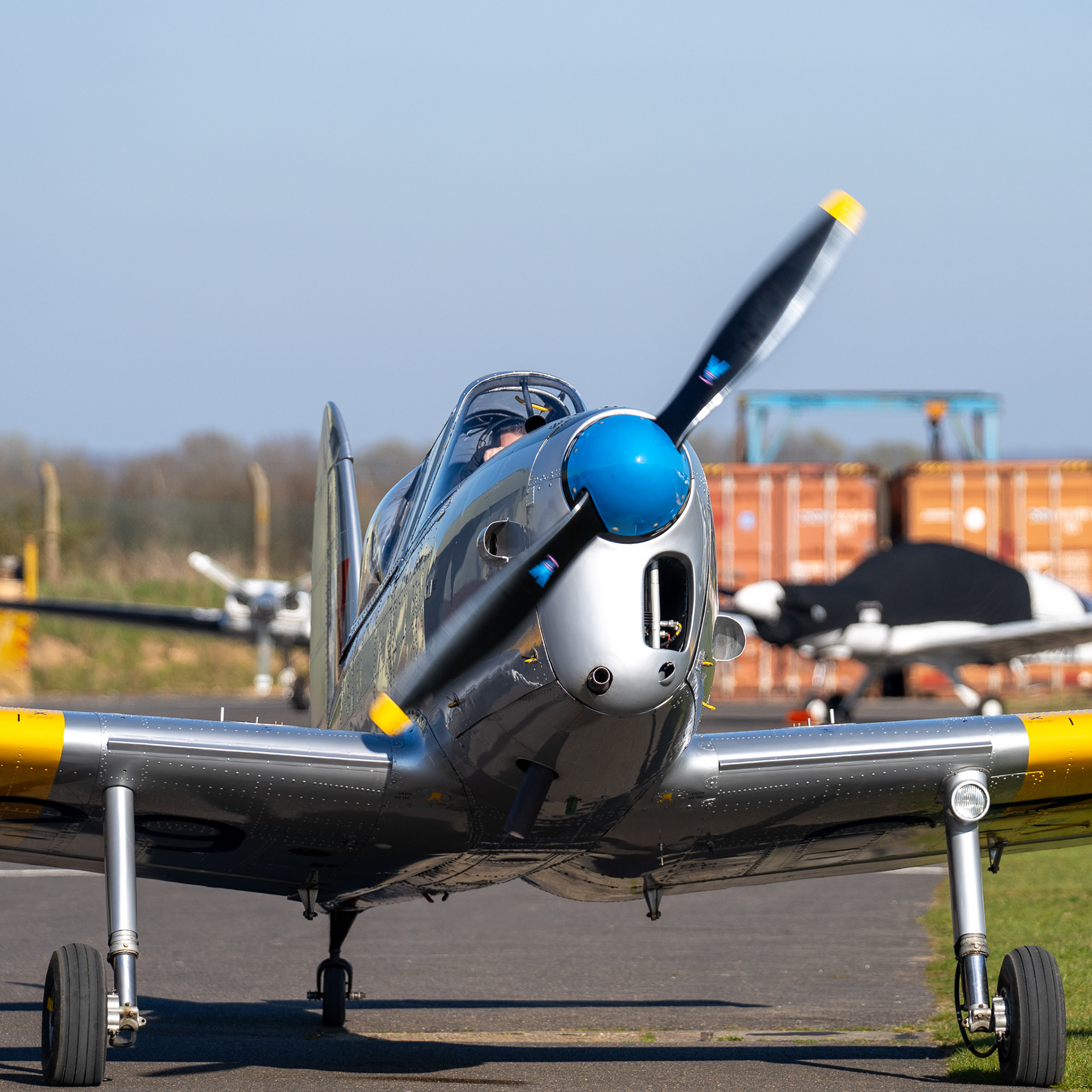
1/1600 sec

1/50 sec
Of course using a slower shutter speed will mean it's harder to get a sharp image, but with practice you can improve your technique handholding your camera with slow shutter speeds or perhaps using a monopod or tripod although these tend to make it difficult to follow fast moving objects.
The other time you might what to introduce movement is when you follow a moving aircraft low to the ground and what the background to appear blurred demonstrating the speed of the aircraft, again a slower shutter speed will allow you capture these type of image.. and practice will improve your technique over time.
Red Arrows Hawk landing, 100-400mm lens 1/160sec f/5.6 ISO 50
I hope you have found this page useful, do feel free to get in touch if you have any questions I'd be happy to help..
